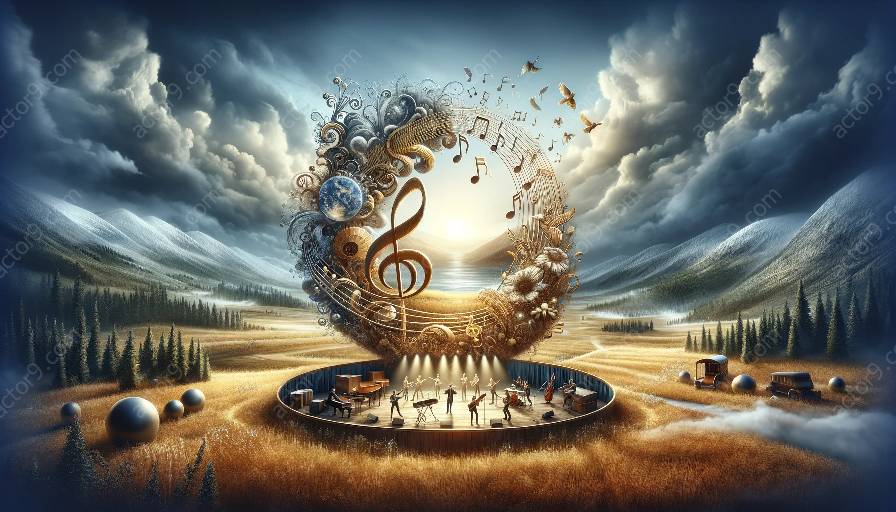Circus performances have a long history of captivating audiences with their stunning displays of skill, artistry, and creativity. However, performing in outdoor circus settings presents a unique set of challenges that performers must overcome to deliver a memorable experience. In this topic cluster, we will explore the specific difficulties faced by circus performers when taking their acts outdoors, the role of music in enhancing circus performances, and the broader context of circus arts.
Challenges of Performing in Outdoor Circus Settings
1. Weather Conditions
One of the most significant challenges of outdoor circus performances is the unpredictable nature of weather conditions. Performers must contend with rain, wind, extreme temperatures, and other environmental factors that can affect their safety and the quality of their acts. From aerial artists battling strong gusts to acrobats adjusting their routines on wet or slippery surfaces, outdoor circus settings require adaptability and resilience.
2. Spatial Limitations
In indoor circus venues, performers have the advantage of a controlled environment with designated spaces for various acts. However, outdoor settings often lack the same level of infrastructure and may present spatial limitations that require creative problem-solving. Juggling acts, for example, may need to account for wind affecting the trajectory of objects, while tightrope walkers must factor in uneven terrain and potential obstacles.
3. Audience Engagement
Unlike a traditional circus tent, outdoor performances can struggle to maintain audience focus and engagement, especially in open spaces where distractions abound. Performers must work harder to capture and retain the attention of spectators amidst competing stimuli, making crowd interaction and dynamic choreography crucial elements in outdoor circus settings.
Role of Music in Circus Performances
1. Setting the Atmosphere
Music plays a pivotal role in creating the ambiance for circus performances. Whether it's the grandeur of a live orchestra or the energy of carefully curated playlists, the right musical accompaniment can transport audiences into the world of wonder and excitement that circus acts aim to evoke.
2. Enhancing Routines
For performers, music serves as a guide and enhancer for their routines, dictating tempo, mood, and cues for precise timing. A well-coordinated fusion of music and physical feats can elevate the emotional impact of a performance, adding layers of depth and coordination to the spectacle.
3. Uniting Elements
Music acts as a unifying force, synchronizing the various elements of a circus show – from acrobatics to animal performances – into a cohesive, immersive experience for the audience. This harmony between music and visual spectacle is essential in cultivating a captivating and memorable circus performance.
Circus Arts
1. Evolving Traditions
Circus arts have continually evolved, incorporating new disciplines and pushing boundaries to captivate modern audiences. The fusion of traditional circus skills with contemporary influences has resulted in a diverse array of acts that showcase the multidimensional nature of the art form.
2. Cultural Significance
Beyond entertainment, circus arts carry cultural significance, embodying the spirit of human achievement, collaboration, and creativity. The traditions and heritage of circus arts contribute to a rich tapestry of global performance culture, drawing on diverse influences and narratives.
3. Artistic Innovation
As circus arts continue to innovate, artists are exploring new ways to integrate technology, storytelling, and immersive experiences into their performances. This marriage of tradition and innovation underscores the dynamic nature of circus arts and their enduring relevance in contemporary society.


































